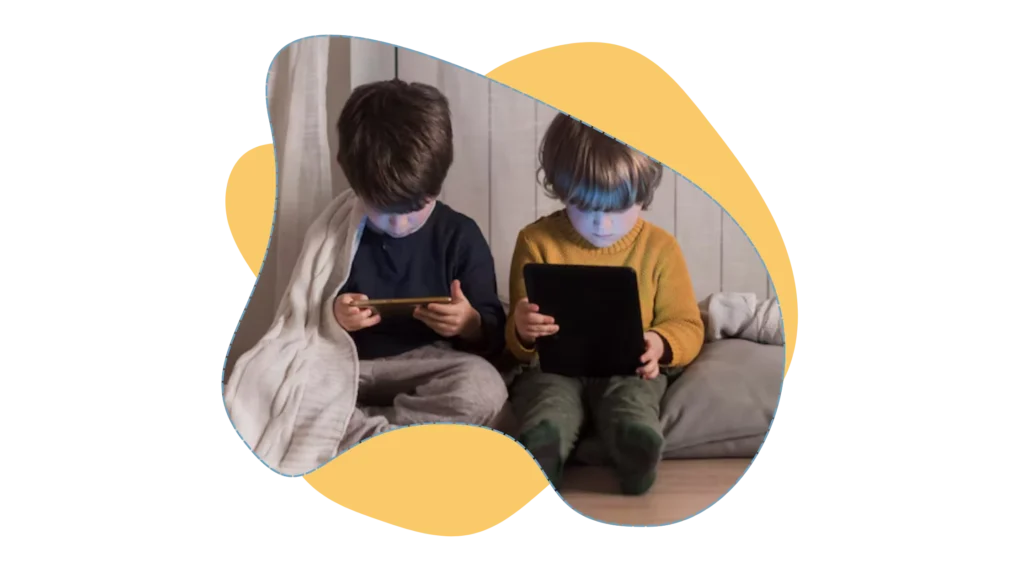How to Create a Sensory-Friendly Space at Home
For children with autism, the world can often feel overwhelming. Bright lights, loud sounds, or unexpected textures can trigger stress, anxiety, or sensory overload. That’s why having a sensory-friendly space at home—a calming environment designed to soothe and regulate—can make a big difference in their everyday life. Whether you live in a small apartment or a large house, you can create a supportive, safe corner for your child. Here’s how. What Is a Sensory-Friendly Space? A sensory-friendly space is an area designed to help children with autism regulate their senses. It can reduce overstimulation, support relaxation, and provide a quiet area for self-soothing. These spaces don’t need to be fancy or expensive—they just need to be intentional. Simple Steps to Set Up Your Sensory Space 1. Pick a Calm, Quiet Area Choose a corner or room with minimal noise and traffic. It doesn’t have to be big—just separate from loud activity zones like the TV or kitchen. 2. Use Soft Lighting Avoid harsh overhead lights. Use soft lamps, string lights, or natural light to create a relaxing atmosphere. Consider adding dimmable bulbs. 3. Incorporate Comfort Items Add items like: 4. Add Sensory Tools Depending on your child’s sensory needs, you can include: 5. Use Calming Colors Stick to gentle, neutral tones like light blue, lavender, beige, or pastel green. Bright or clashing colors can sometimes increase anxiety or distraction. 6. Keep It Organized Use storage bins or baskets to neatly store toys and tools. Visual clutter can create stress, so aim for a clean, organized setup. Tips for Making It Work Long-Term Final Thoughts A sensory-friendly space is more than just a quiet corner—it’s a powerful tool for emotional regulation, learning, and peace of mind. With just a few thoughtful touches, you can create a safe haven where your child can feel calm, secure, and truly themselves.



